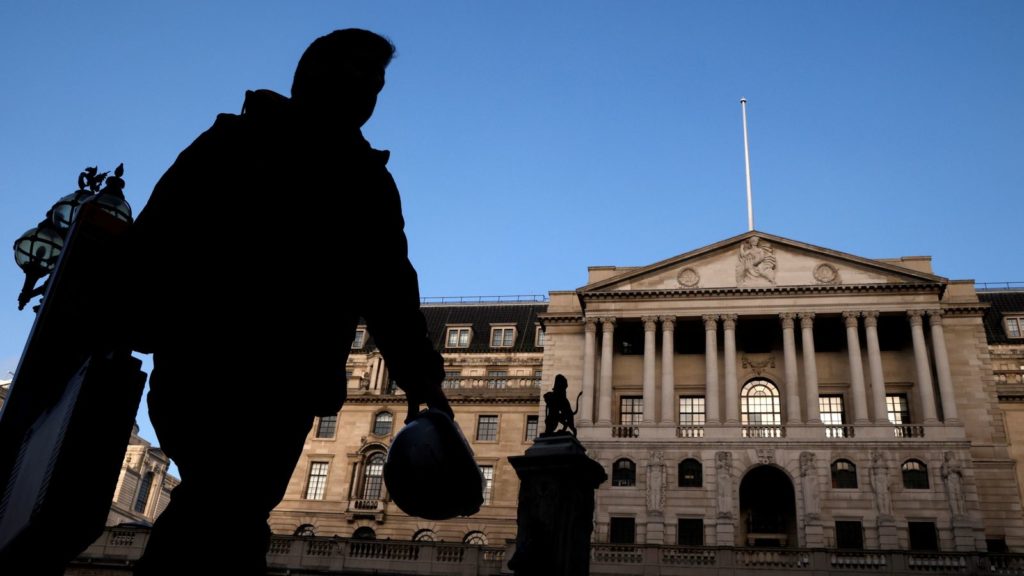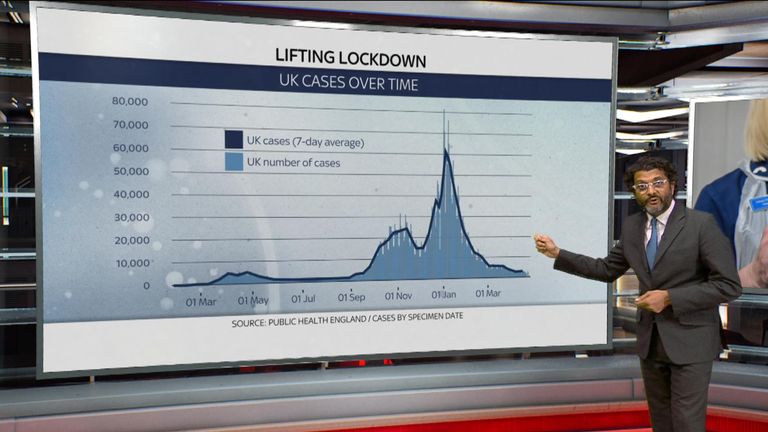Depression in Britain’s adults more than doubled in early 2021 compared with levels recorded before the beginning of the COVID-19 pandemic, figures have shown.
Around 21% of adults in Britain experienced some form of depression compared with 10% before the coronavirus outbreak took hold in early 2020.
Among people aged 16 to 39 the figure stood at 29%, up from 11%, while for those with a disability the figure was 39%, up from 27%.
Some 25% of people living in a single-person household experienced depression in early 2021, up from 15% before the pandemic.
For those living in a household with at least one child under 16, the proportion stood at 23%, up from 6%.
When comparing age groups, the Office for National Statistics (ONS) found more than four in 10 (43%) women aged 16 to 29 years experienced depressive symptoms in early 2021, compared with 26% of men of the same age.
Among women aged 30 to 49 the figure stood at 25%, compared with 18% for men.
One in four people (25%) from ethnically diverse backgrounds experienced some form of depression at the start of the year while the figure for people of white ethnicity was 20%.
A higher proportion of adults renting their home experienced some form of depression (31%) when compared with adults who own their home outright (13%).
Almost three in 10 (28%) adults living in the most deprived areas of England experienced depressive symptoms, compared with just under two in 10 (17%) adults in the least deprived areas.
The figures were compiled by the ONS from people aged 16 and over who were surveyed between 27 January and 7 March 2021.
Meanwhile, ONS figures have also shown that a total of 260 deaths registered in England and Wales in the week ending 23 April mentioned COVID-19 on the death certificate – the lowest number since the week ending 25 September.
The figure is down 28% on the previous week.
Around one in 38 (2.6%) deaths registered in the week to 23 April recorded COVID-19 on the death certificate.

